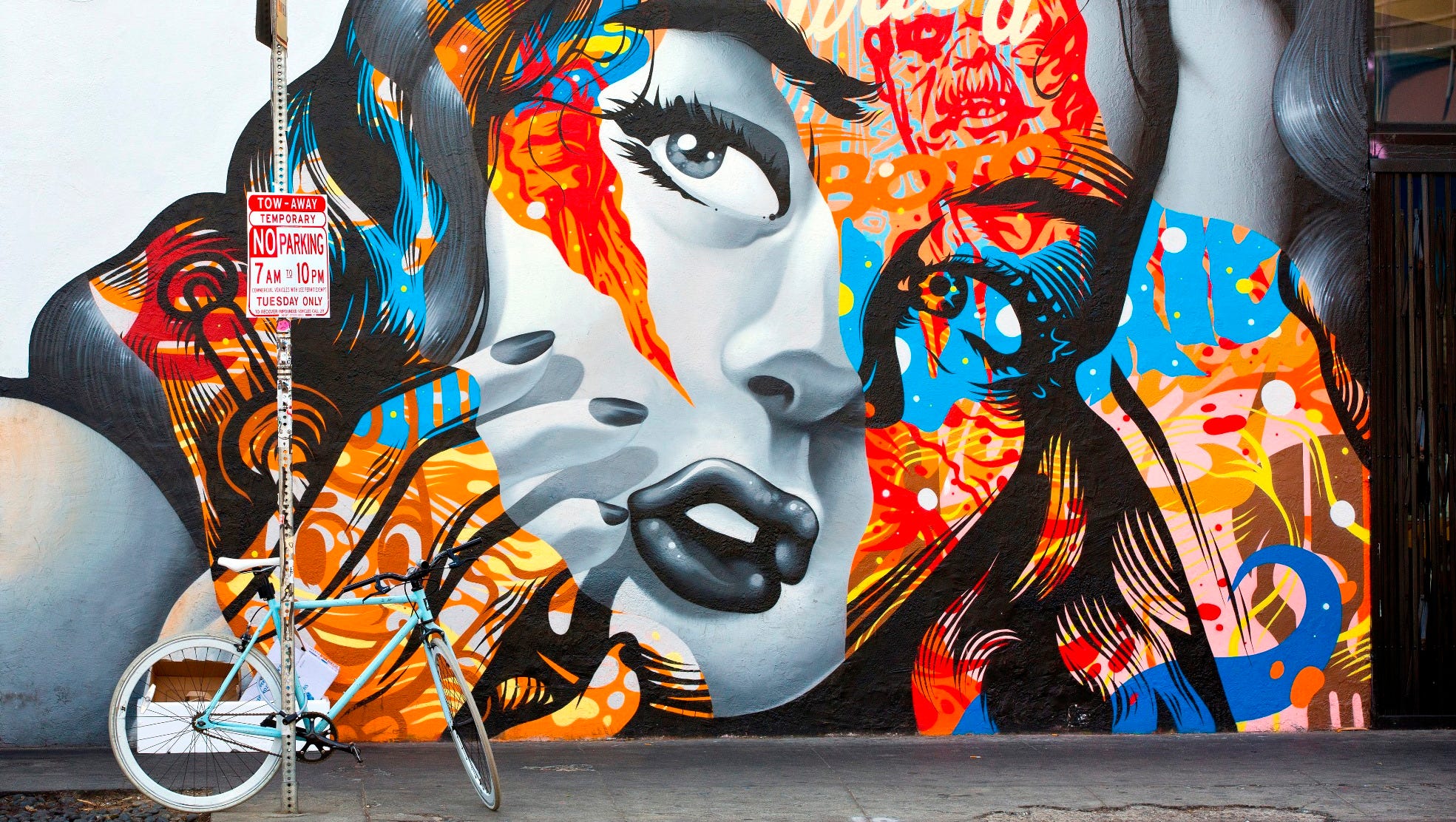Graffiti, often seen as the rebellious child of the urban landscape, has undergone a remarkable transformation over the decades. What was once dismissed as vandalism, a visual noise cluttering city walls, has evolved into a respected form of fine art, celebrated in galleries and institutions around the globe.
This metamorphosis is not just a change in perception but a reflection of the dynamic nature of art and its ability to adapt and thrive in diverse environments.
In this post, we’ll delve into the colorful journey of graffiti, exploring its origins, its ascent to the art world’s zenith, and the ongoing dialogue between its practitioners and the public sphere.
The Roots of Rebellion
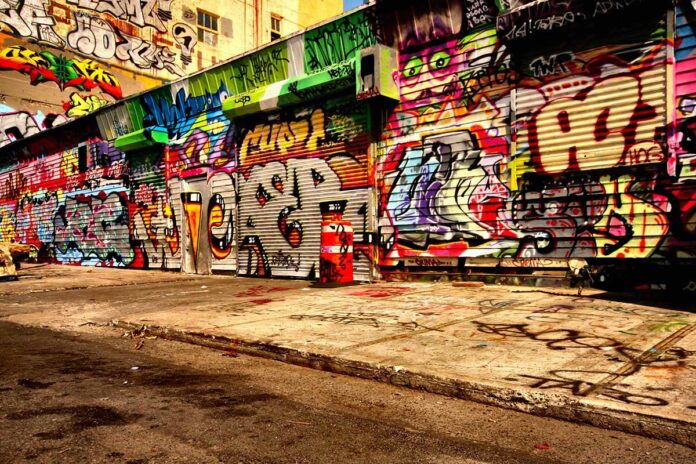
Inception is often traced back to ancient times, yet its modern incarnation, intertwined with urban culture, began to take shape in the late 20th century.
In its earliest form, it was the primal act of marking territories and expressing individuality or group identity. Ancient civilizations, from Egypt to Greece, used graffiti to declare love, etch curses, or simply to document their existence.
Fast forward to the 20th century, the modern movement took root in the urban landscapes of Philadelphia and New York City, where it became a tool for the youth to assert their presence and voice in a society that often overlooked them.
In the 1970s and 80s, graffiti became synonymous with urban resistance. It was a visual rebellion against the socio-political issues of the time, including racial discrimination and economic disparities.
Young artists used public spaces as their canvases, challenging the status quo and the restrictive norms of traditional art. Graffiti was a form of direct communication with the public, unmediated by the gatekeepers of the art world.
From Streets to Galleries: The Artistic Evolution
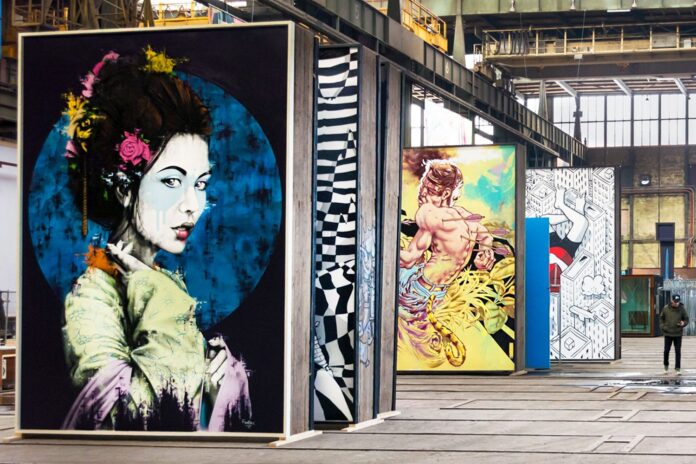
The journey from the streets to the sanctity of galleries was fraught with challenges and controversies. However, it marked a significant shift in how it was perceived and embraced by the broader art community.
The transition to galleries in the 1980s was both groundbreaking and contentious. Early pioneers like Jean-Michel Basquiat and Keith Haring played crucial roles in bridging the gap between street art and the art establishment.
Their work, rich in social commentary and raw energy, challenged the conventional boundaries of art. Galleries and museums began to recognize graffiti’s potential, not just as a form of urban expression but as a legitimate and valuable artistic movement.
As graffiti artists gained recognition, their work started to be featured in high-profile exhibitions and prestigious institutions.
This mainstream acceptance was a double-edged sword. While it provided artists with a larger platform and legitimized graffiti as an art form, it also sparked debates about commercialization and the loss of its original, rebellious spirit.
Despite these controversies, its incorporation into the fine art world has enabled a wider audience to appreciate its complexity and depth.
The Ongoing Dialogue
Today, it stands at the intersection of vandalism and fine art, continually pushing the boundaries of both. This section explores the current state of graffiti, highlighting its impact and the ongoing debates surrounding its practice.
The Global Canvas
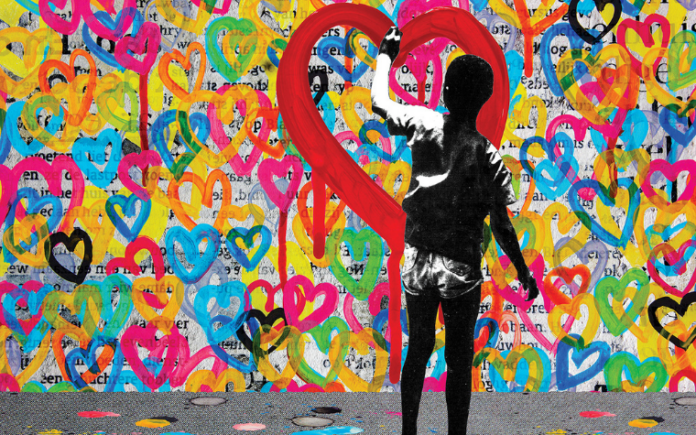
Graffiti has transcended its urban origins to become a global phenomenon, giving rise to the distinctive Graffiti Style Art that we recognize today. Banksy, with his politically charged and satirical works, have captured the attention of the world, showcasing its power to provoke thought and inspire change.
The distinct visual language of graffiti-style art—characterized by bold lines, vibrant colors, and dynamic compositions—has become a significant medium for social commentary and expression. The internet and social media have further amplified reach, enabling them to share their work instantly with a global audience.
This digital connectivity has fostered a diverse and vibrant culture, with styles and messages as varied as the cities they adorn.
Through its evolution into graffiti-style art, this form of expression continues to influence and reflect the cultural and social landscapes of communities worldwide.
The Fine Line Between Art and Vandalism
Despite its acceptance in this world, graffiti still navigates the fine line between art and vandalism. Legal battles and public opinion vary widely, with some viewing it as a blight on public spaces, while others see it as an essential form of free expression.
Cities around the world have implemented varied approaches to manage it, from strict crackdowns to creating designated areas for street craft. This ongoing dialogue reflects the complex relationship society has with graffiti and its practitioners.
Future Prospects
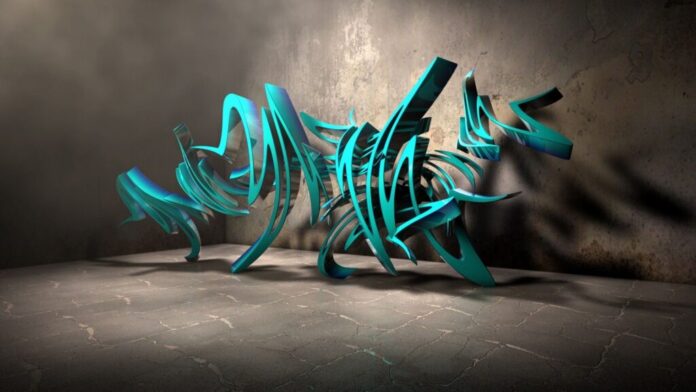
The future of graffiti looks both promising and uncertain. As technology evolves, so does the medium, with them experimenting with digital graffiti and augmented reality to push the boundaries of what it can be.
At the same time, the struggle for acceptance and the debate over legitimacy as an art form continues. What remains clear is that it will continue to evolve, reflecting the changing landscapes of our urban environments and the creative spirit of its makers.
Nurturing New Narratives
The cultural impact of graffiti cannot be overstated; it has altered not just the visual landscapes of urban environments but also the narrative frameworks through which we understand public space, art, and expression.
It has played a pivotal role in challenging and reshaping traditional narratives around art and public spaces. It questions the notion of who gets to create art and where craft deserves to be seen.
By taking it out of the exclusive confines of galleries and museums and placing it in the streets, graffiti democratizes art. It offers a counter-narrative where it is accessible, not just to the elite, but to everyone, thereby enriching the public’s engagement with art.
The Artistic Innovations
As graffiti continues to evolve, so do the techniques and technologies employed by its practitioners. This section explores the innovative methods that are pushing the boundaries of what it can be.
The traditional spray can and marker are no longer the sole tools of the artist. Today, artists employ a range of techniques, from stencil art to intricate brushwork, expanding the possibilities of art.
These evolving techniques allow for greater detail, nuance, and complexity in the work, enabling artists to convey more sophisticated messages and themes.
Conclusion
In conclusion, the evolution of graffiti from vandalism to fine art is a narrative of transformation, resilience, and profound cultural significance. It exemplifies the power of creativity to transcend boundaries, to communicate deeply resonant messages, and to forge connections across diverse communities.
As graffiti continues to evolve, its journey offers valuable insights into the nature, expression, and the ever-changing landscape of our shared human experience.

